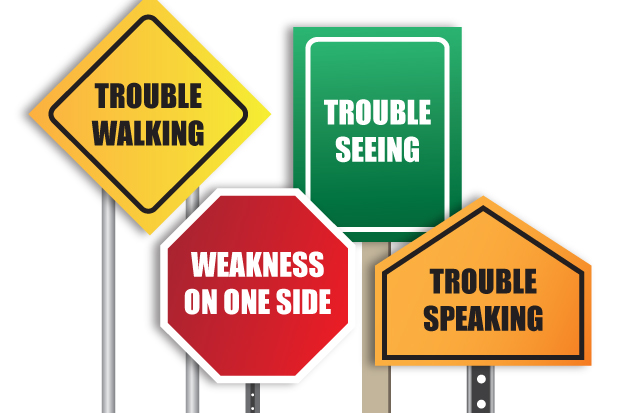Strokes: Know the Signs—Act in Time

What is it?
A stroke is a disease that occurs when blood flow to the brain is interrupted. This lack of blood flow causes brain cells to die because they stop getting the oxygen and nutrients they need to function. It can affect the entire body, causing paralysis and problems with thinking, speaking, and emotions as well as pain or numbness.
There are two kinds of stroke: ischemic (accounts for about 80 percent of all strokes and is caused by a blood clot) and hemorrhagic (caused by breakage of a blood vessel, which bleeds into the brain).
Did you know?
Stroke is the third leading cause of death in the United States and a leading cause of serious, long-term disability in adults. Treatments are available that can greatly reduce the damage caused by a stroke. Medical treatment of ischemic strokes can be very effective; patients who received medication within three hours of symptoms were some 30 percent more likely to recover with little or no disability after three months.
Getting treatment quickly is vital, so it is important to recognize the signs of a stroke:
• Sudden numbness or weakness of the face, arm, or leg (especially on one side of the body)
• Sudden confusion, trouble speaking or understanding speech
• Sudden trouble seeing in one or both eyes
• Sudden trouble walking, dizziness, loss of balance or coordination
• Sudden severe headache with no known cause
What should you do?
If you believe someone is having a stroke, call 911 immediately.
Reduce your chance of strokes with these preventative measures:
• Reduce high blood pressure
• Avoid heart disease
• Quit smoking
• Control or eliminate diabetes
• Lower cholesterol
This short video that explains the symptoms of stroke and gives stories from people who have recovered from strokes.
This information was compiled from the National Institute of Neurological Disorders and Stroke (NIH).






